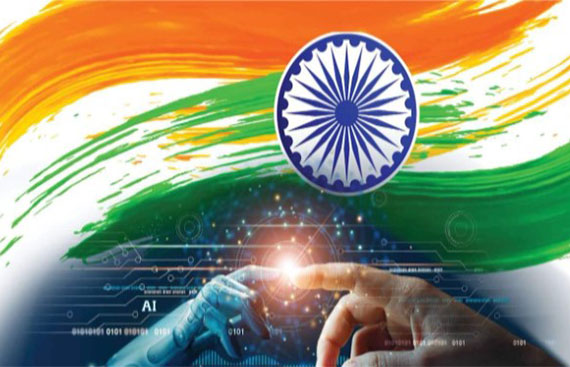Are AI News Anchors the Future of South Asian Broadcasting?

An interesting observation was recently published by DeepTech, a news media organization, on its Telegram channel. The South Asian television industry is undergoing revolutionary transformations with the introduction of AI news anchors on Indian, Bangladeshi, and Pakistani channels, reports DeepTech. These humanoid AI news anchors are revolutionizing news broadcasting in the region by offering round-the-clock content in multiple languages at a significantly lower cost. Designed according to widely accepted Indian standards of beauty and capable of delivering news tirelessly, Sana on Aaj Tak TV and Lisa on Odisha TV have caught the audience's attention. As AI anchors gain momentum, questions arise about their impact on the job market and the traditional role of human reporters.
South Asian television channels have embraced the integration of AI news anchors, signifying a paradigm shift in news broadcasting. Sana, the AI anchor on Aaj Tak TV, was introduced as "bright, brilliant, ageless, tireless" by Kalli Puri, the vice-chairperson of the India Today Group, during its grand launch in March. Following suit, Lisa made her debut on Odisha TV, captivating viewers with her warm "Namaste" and fluent command of the Odia language, tailored for the local audience. The appeal of these AI-based news anchors lies in their universality, multilingualism, and 24-hour availability, qualities that resonate with the diverse 1.4 billion population of South Asia.
Vivek Malhotra, the Head of Marketing for the India Today Group, highlights the importance of Sana's news broadcasting capabilities. According to Malhotra, Sana's proficiency in multiple languages, seamless transitions between topics, and unlimited endurance add a new dimension to news delivery. While Sana complements human anchors, she also plays a crucial role in enhancing the efficiency and creativity of newsroom staff by handling routine and repetitive tasks. As a result, this cutting-edge AI technology becomes a valuable ally for the India Today Group.
Although the advent of AI news anchors marks a significant achievement in media technology, concerns have been raised about their impact on the job market and the future of journalism. The presence of AI anchors like Apardhita on Channel 24 in Bangladesh and Fatma on GNN in Pakistan has sparked discussions about the possible replacement of human reporters.
Raihanul Haque, the Vice President of the Bangladesh Press Club, remarks that AI technology is becoming increasingly prevalent across various industries, including the television sector. Haque emphasizes that while AI anchors tirelessly report the news, concerns remain about their ability to convey the creative essence of news presentations and reports, which typically require human involvement.
